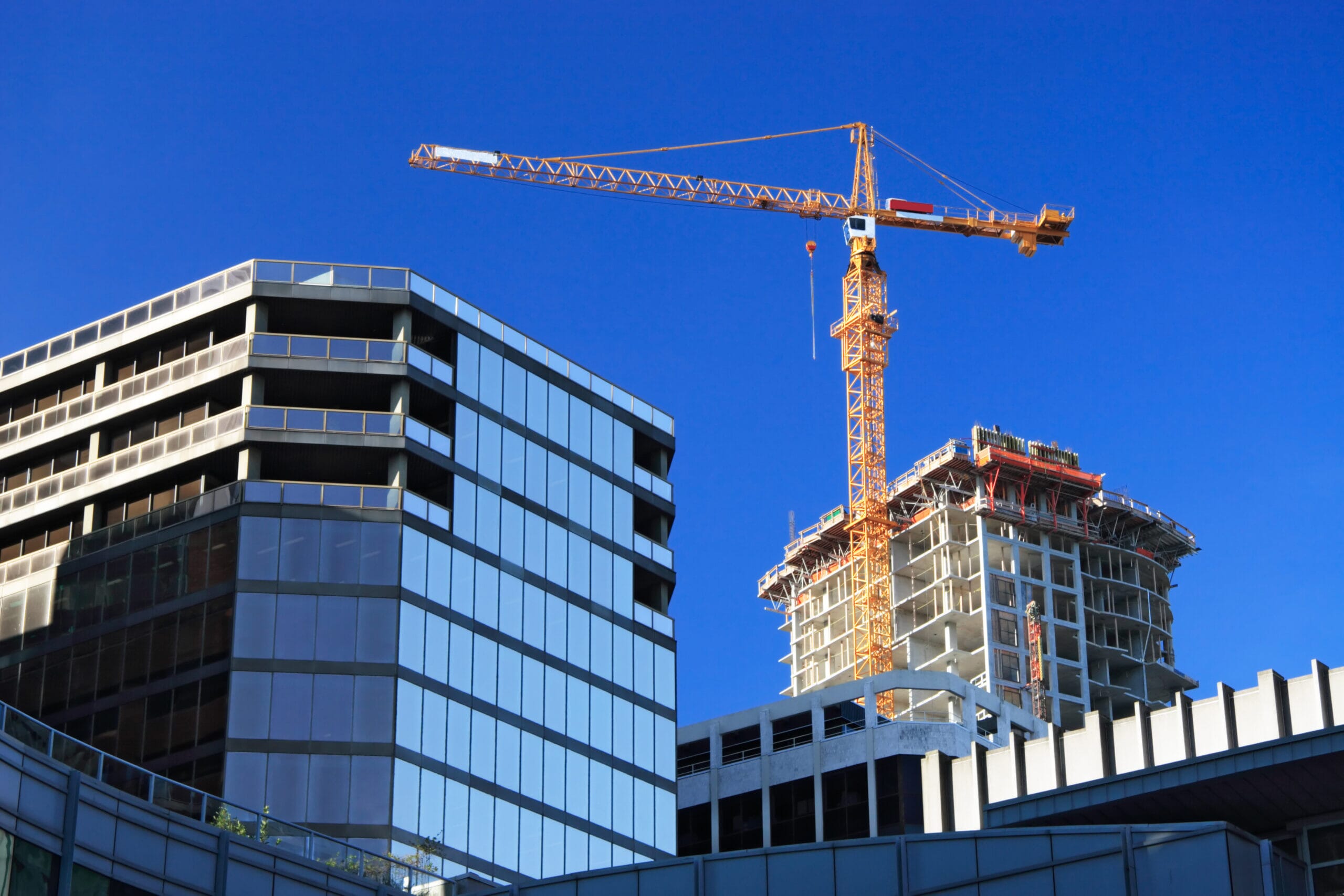
How to achieve the best result in your SBEM Calculation
Regulatory Updates
How to achieve the best result in your SBEM Calculation
Part L2a of the Building Regulations lays down the requirements for all new build commercial developments when it comes to how efficient they must be.
1. Complete it early
Make sure that your SBEM (Simplified Building Energy Model) is completed early in the design process. This will ensure there are no nasty surprises when you get further down the line with the development.
2. Build with low U-values
It might seem obvious, but it’s worth emphasizing: the lower the U value, the less heat will escape. This will mean the development will have a lower heating demand.
3. Build as airtight as possible
As with the above point, the more airtight a property is, the less heat escapes, leading to a lower heating demand.
4. Avoid using any kind of electric panel heaters
Grid electricity has an extremely high CO2 emission rate associated with it – just think of all the processes that have to be gone through in order to produce electricity and deliver it to the property. Therefore, having electric panel heaters will make meeting the requirements incredibly difficult.
5. Think about ventilation and cooling
Try to ventilate and cool buildings naturally using passive design methods. If cooling is required, consider keeping the area of glazing on south facing facades to a minimum. Otherwise choose a high spec solar control glazing that will limit the amount of solar gain and subsequently reduce the air conditioning load.
6. Use a low wattage lighting design
By “low wattage lighting design” we mean a design that uses approximately 5-8 watts per square metre. Also remember to give the assessor the lighting design, as this will mean that they don’t have to assign a default figure to this area – something that will not give the development the credit it deserves in terms of the lighting used.
7. Consider daylight sensing controls
One excellent idea when it comes to increasing the energy efficiency of a building is to use daylight sensing controls. These automatically dim the lights down when there is adequate daylight in a room. These are most suited to rooms with a high occupancy and large areas of glazing. Motion sensing PIR controls could also be considered for rooms with a low transient occupancy such as toilets and store rooms.
8. Make sure that your ventilation system is highly efficient
Aim for low specific fan powers and high heat recovery efficiencies. It is also important to ensure that any ducting is leakage free.
9. Make improvements to your hot water storage system
If you have a hot water storage system you should ensure that the amount of heat lost from it is kept to a minimum. Choose a hot water cylinder that is well insulated and has low standing heat losses.
10. Call in the experts
If you have any concerns about SBEM calculations, please contact us today. We are not just a company that inputs your details and leaves you with a problem if it doesn’t ‘pass’. We advise, we consult, we advise some more, and we always bring our considerable experience to help you to save money on your build.





